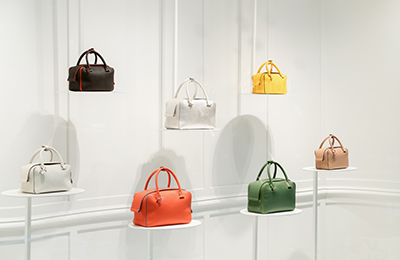Executive Guide to Shopper Insights Research
Overview of the Luxury Brand Industry
Personal luxury goods such as luxury apparel, accessories, watches, jewelry, and eyewear make up the second-largest segment of the luxury goods industry next to luxury cars. Aside from a slight contraction due to the coronavirus pandemic, revenue generated from luxury goods has increased steadily over the past decade with the United States and China being the industry leaders.
Increasing disposable income has contributed to a growing luxury goods industry. The market is also shifting as Gen-Z and Millennials acquire new tastes for luxury goods. Key players in the luxury brand industry include LVMH, Ralph Lauren Corporation, and L’Oréal Group. These conglomerates seek to understand the changing values of the of the luxury goods buyer and the implications from a shopper insights perspective.
What Defines a Luxury Good?
What exactly is a luxury good? Some items that might come to mind are handbags, jewelry, perfumes, or wine. However, there is something that makes a luxury good unique. They use high quality raw materials, the supply is perceived as limited, and the price is high. It’s very common in the luxury brand industry to use vertical integration to gain more control over the manufacturing process to deliver the highest quality products.

The luxury brand industry markets intangibles. For example, expensive wine is marketed using intangibles such as atmosphere, culture, and endorsements. Aside from the craftsmanship, intangibles work to justify high prices to make them feel luxurious. While there is no real scarcity for these goods, luxury goods are perceived as being in limited supply.
Online Increasing
Traditionally, the key sales channels that differentiate luxury from mainstream retail have been personalization, clienteling, and in-store retail experience. While this still holds true, alternative sales channels and business models for luxury are taking off. This forward trend is driven by many of the biggest names in the luxury industry venturing into online sales channels.
In recent years, industry sustainability concerns regarding consumption and production have seen the resale luxury goods market also increase. The secondhand luxury market was estimated to be worth over $33 billion US worldwide. However, authenticity and ownership play an important role for luxury.
